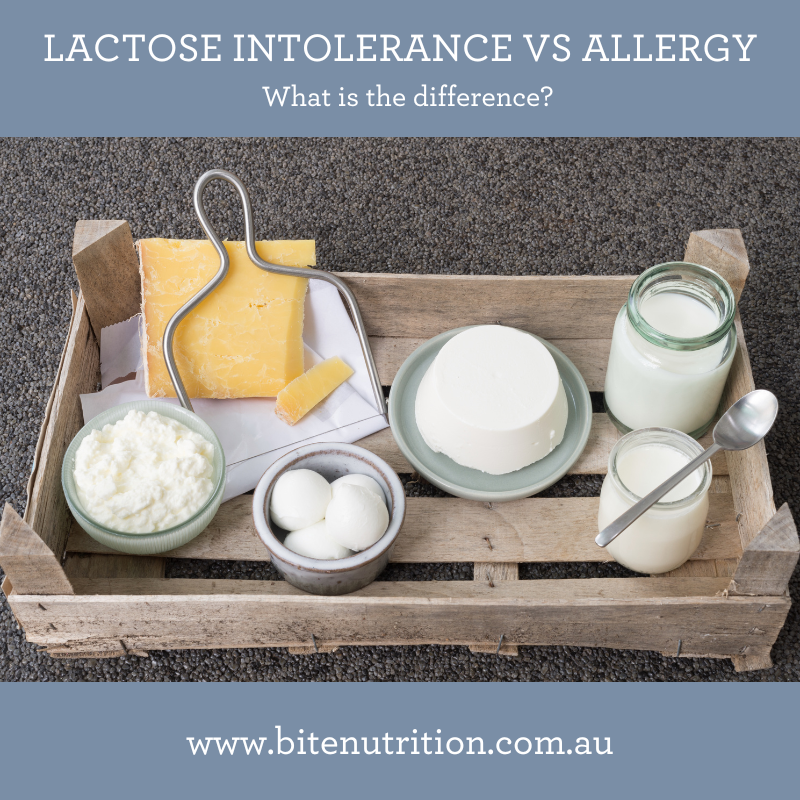Lactose Intolerance vs Dairy Allergy

Two Distinct Conditions
Lactose intolerance and cow’s milk/dairy allergy are two distinct conditions, and it's important not to confuse them, as they have different causes, symptoms, and mechanisms.
Lactose Intolerance:
We all have a "threshold" on how much we can tolerate before experiencing gastrointestinal discomfort. Globally 70% of the population has lactose intolerance but even those with an intolerance can have some dairy, so the focus is to reduce not exclude it from the diet. The theory around retaining it in the diet of those with an intolerance, is to support the colon’s adaptation to process lactose.^
- Cause: Lactose intolerance is caused by a deficiency of lactase, an enzyme produced in the small intestine that is responsible for breaking down lactose, the sugar found in milk and dairy products.
- Mechanism: Without enough lactase, the body cannot fully digest lactose, leading to symptoms such as bloating, diarrhea, and stomach cramps.
- Symptoms: Common symptoms of lactose intolerance include gas, bloating, diarrhea, and abdominal pain, which typically occur after consuming dairy products.
- Onset: Lactose intolerance can develop at any age and is more common in certain ethnic groups.For example those in South East Asia, over 90% are intolerant vs 10% in Scandanavian countrie where milk and dairy has historically been a large dietary contribution.
Dairy Allergy: Cows milk and other dairy
Cows milk (and other dairy products) are one of the most common causes of food allergic reactions in children. Fortunately, most children will outgrow their cow’s milk allergy.
- Cause: Dairy allergy is an immune system response to proteins found in milk, such as casein and whey. It is an allergic reaction, not an intolerance..
- Mechanism: The immune system mistakenly identifies milk proteins as harmful, triggering an immune response that can lead to various symptoms.
- Symptoms: Allergic reactions to milk can involve a range of symptoms, including hives, wheezing, coughing, vomiting, diarrhea, and, in severe cases, anaphylaxis.
- Onset: Milk allergies are more common in infants and young children, and most children may outgrow the allergy as they get older.
In summary, lactose intolerance is when the body has difficulty digesting lactose, the natural SUGAR found in milk. Cow's milk allergy is when the immune system reacts to the PROTEIN in milk. Lactose free products still contain cow's milk protein and are not suitable for people with cow's milk allergy.
For more information on Cows Milk and Dairy Allergies visit ASCIA Cow`s milk (dairy) allergy - Australasian Society of Clinical Immunology and Allergy (ASCIA)

